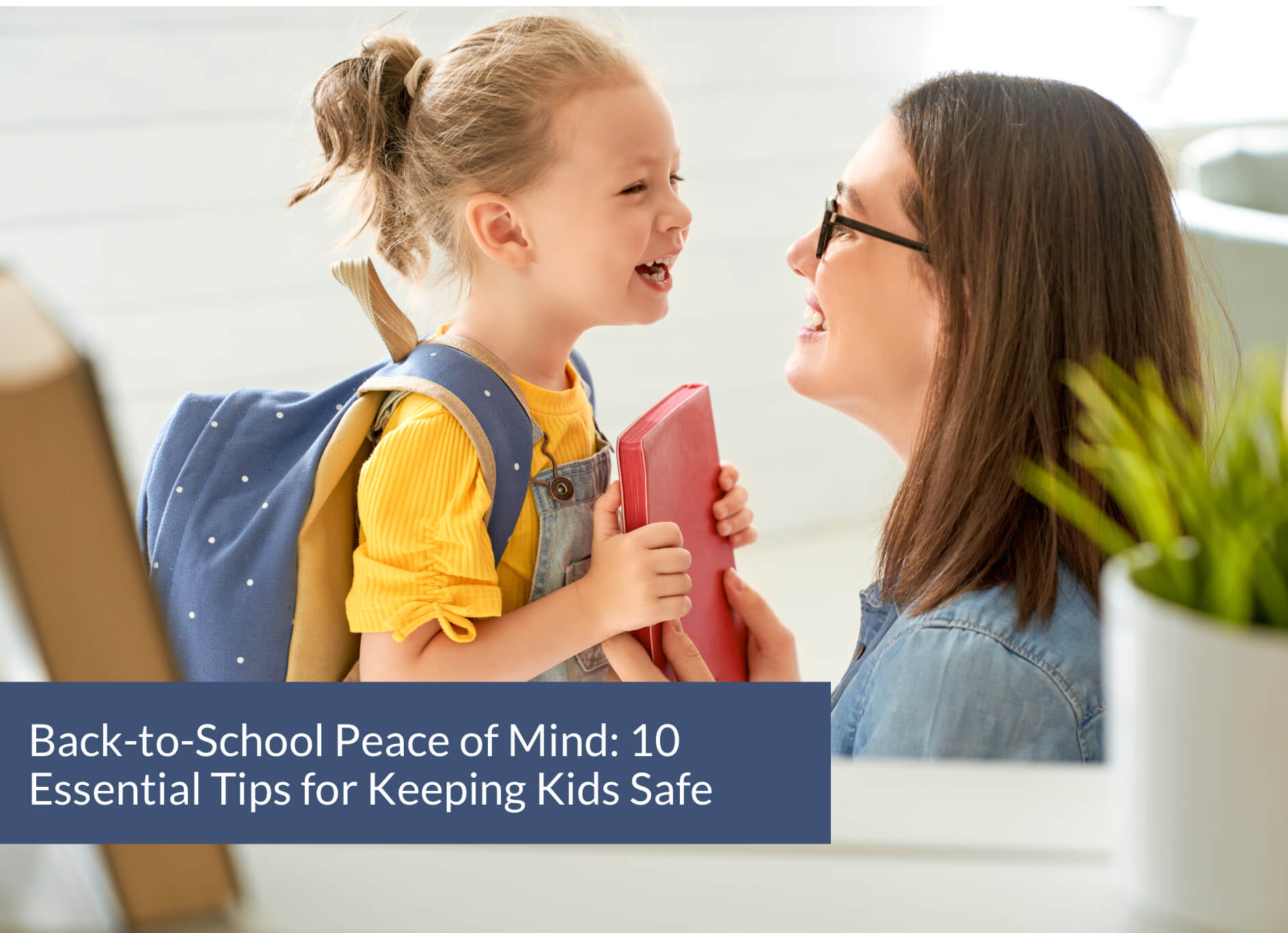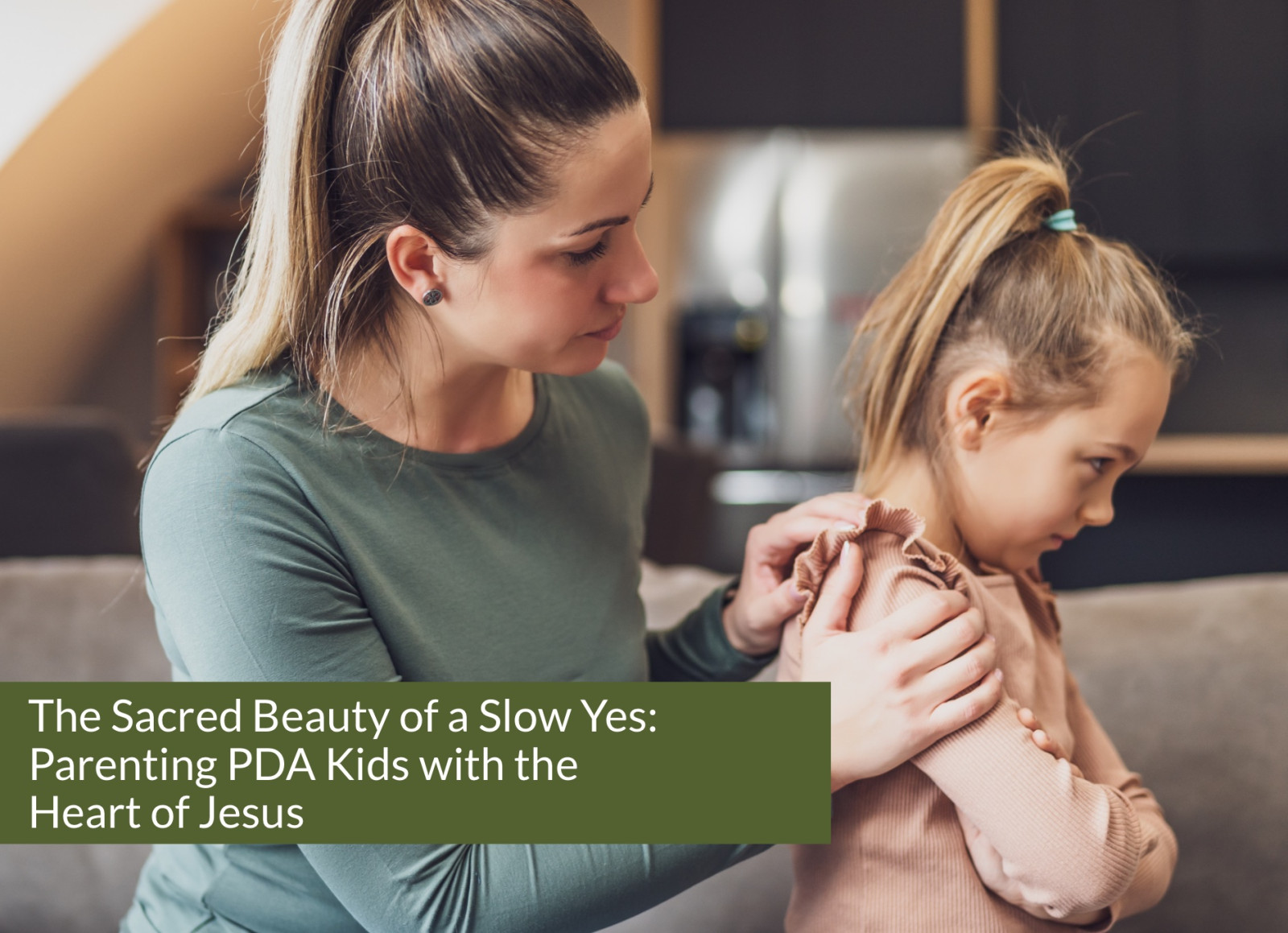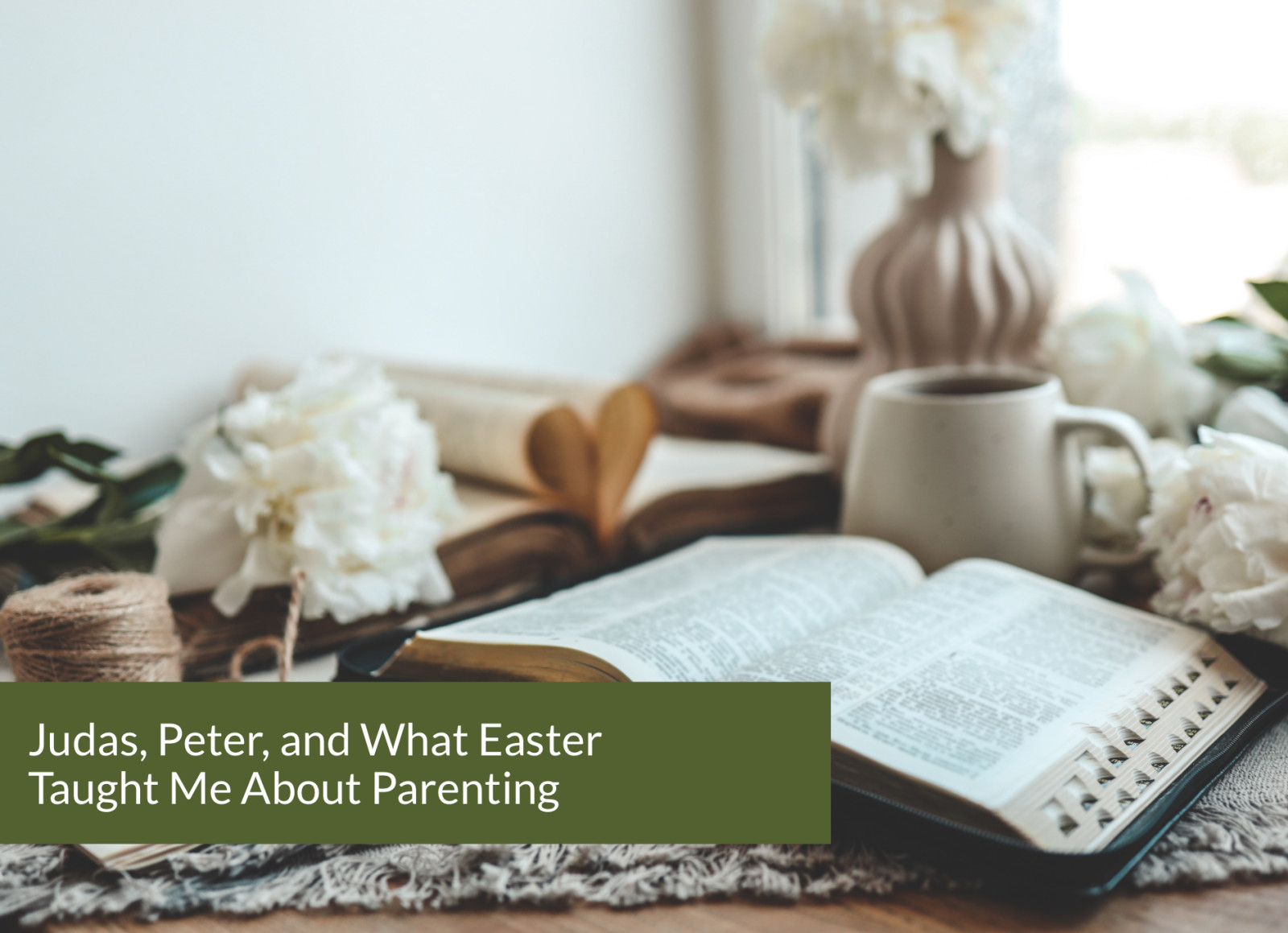
Ensuring our little ones stay safe outside our direct supervision is one of the toughest parts of parenting. While we recognize the importance of them gaining independence, it’s hard to even think about the possibility of something bad happening to them! Understanding potential risks and being prepared has huge benefits–of course, it can keep our kids safe, but it can also give parents some much-needed peace of mind. Knowing warning signs and having a plan in place not only helps us act quickly if needed but also gives us the confidence to let our kids explore and grow with a sense of independence. This balance between being vigilant and trusting our children allows them to thrive while we maintain our peace of mind. Here are some time-tested tips on how to keep young kids safe at daycare, school, or anywhere outside of our direct supervision.
1. Keep the Conversation Going
From an early age, encourage your child to talk openly about their feelings and experiences. This is a cornerstone of Peacemaker Parenting and has a huge benefit when it comes to being a safe place for your child to share about what’s happening in their lives. Make it clear that they can come to you with any concerns, no matter how small. Use simple language to explain safety and trust, and let them know they can always share anything that feels uncomfortable or scary. Building this foundation of trust helps your child feel secure and supported.
2. Teach Body Safety in a Gentle Way
Help your child understand the importance of body safety by having gentle, age-appropriate conversations. Explain that their body is special and they have the right to say “no” if someone touches them in a way that makes them uncomfortable. Use anatomically correct names for body parts and encourage them to speak up if something feels wrong. Reassure them that it's always okay to come to you with any questions or worries and that you will never be angry with them for sharing. This helps them know their boundaries and promotes respect for themselves and others.
3. Watch for Warning Signs of Abuse
It’s important to be aware of the signs that something might be wrong. Look out for changes in behavior like sudden withdrawal, fearfulness, or trouble sleeping. Even if your child isn’t very verbal yet, you can notice things like being unusually clingy or hesitant to go certain places. Staying alert and tuned into these signs helps you address issues early on. Here are some more examples of this (Note: this is not an exhaustive list, please research this topic and reach out to a professional for more information. If you suspect abuse of any kind, report it immediately.):
- Sudden Withdrawal: Your child becomes unusually quiet or distant, avoiding activities they once enjoyed.
- Increased Fearfulness: They show heightened anxiety or fear about going to school or daycare, or they express unusual fear of certain people or situations.
- Trouble Sleeping: They have frequent nightmares, difficulty falling asleep, or seem unusually tired during the day.
- Unusual Clinginess: They become overly clingy or reluctant to separate from you, even in familiar situations.
- Hesitance to Go to Specific Places: They resist going to certain places, like school or a friend's house, without a clear reason.
- Physical Complaints: They frequently complain of stomach aches, headaches, or other physical symptoms without a medical cause.
- Changes in Eating Habits: There’s a noticeable change in their eating habits, such as loss of appetite or overeating.
- Regression in Behavior: They start showing behaviors they had outgrown, like bedwetting or thumb-sucking.
Being attentive to these signs can help you address any underlying issues early and provide the support your child needs.
4. Help Your Child Handle Bullying
Give your child tools to deal with bullying in a positive and supportive way. Teach them to stand up for themselves with confidence and to ask for help from a trusted adult if they need it. Encourage them to treat others kindly and empathetically. Equip them with simple phrases they can use if they face bullying and always remind them they can come to you or another trusted adult for support. Here are a few examples:
“If someone is being mean, you can say, ‘Please stop, I don’t like that.’”
“If you’re feeling upset, find a teacher or another adult and say, ‘I need help, someone is bothering me.’”
“If you see someone being unkind, you can say, ‘Let’s be nice to each other.’”
“Remember, if you’re ever uncomfortable, you can always come to me or another trusted adult.”
“Use this phrase if you need help: ‘Can you please help me? I’m having a problem with someone.’”
5. Use Visual Aids and Sensory Tools
For younger kids who might not be fully verbal yet, use visual aids and sensory tools to help them understand safety concepts. Picture books, emotion charts, and role-playing can be really effective. These tools help them express their feelings and make it easier to spot any discomfort they might have trouble articulating.
Picture Books
- "My Body Belongs to Me: A Book About Body Safety" by Jill Starishevsky
- "No Means No: A Kid’s Guide to Personal Safety" by Jayneen Sanders
Emotions
Resources like these* provide practical tools for helping young children understand and express their feelings, as well as learn about personal safety and social interactions.
6. Build a Network of Trusted Adults
Create a circle of trusted adults who know your child and whom they feel comfortable with. This could include teachers, daycare providers, or family friends. Check-in regularly to make sure these adults are aware of your child’s needs and safety protocols. Having a supportive network ensures everyone is on the same page and helps keep your child safe.
7. Model Safe Behavior
Children learn a lot by watching their parents. Show them how to interact with others respectfully and reinforce the importance of personal boundaries through your own actions. Discuss safety topics during daily routines and be a role model for how to handle various situations. Your consistent example helps them learn and understand these important lessons.
8. Prepare for Emergencies
Make sure your child knows basic emergency protocols. Teach them their full name, your phone number, and how to reach you if they’re in trouble. Practice these skills in a relaxed, non-threatening way so they feel confident. Let them know they should always seek help from trusted adults if they’re lost or need assistance. This is a great list of fun songs* to help kids learn what to do in just about every safety scenario.
9. Disciple Kids in Independence
As your child grows, you should try to give them more independence while making sure they have the skills to navigate social situations safely–but remember, mistakes will be made. When they are, approach the situation with grace and embrace the “teachable moment,” rather than shaming them or doling out harsh discipline. This helps kids feel empowered and capable while ensuring their safety and the likelihood of better choices being made in the future.
10. Pray for Guidance and Protection
Cover your child and their surroundings in prayer! Pray for wisdom, guidance, and protection for them, and ask for wisdom in making parenting decisions. Trust that the God who created them and loves them wildly and beautifully is working His good plan, and when needed, pray for peace and comfort for your own heart as well.
Keeping our kids safe outside the home involves a mix of proactive education, open communication, and creating a secure environment. By blending these Peacemaker Parenting practices with thoughtful preparation, you can help your child stay safe while enjoying their independence.
*Note: We do not necessarily promote or agree with everything in the resources listed here. These represent examples of material that may be helpful, as always, do your research and select only those resources that align best with your family values.












0 Comments